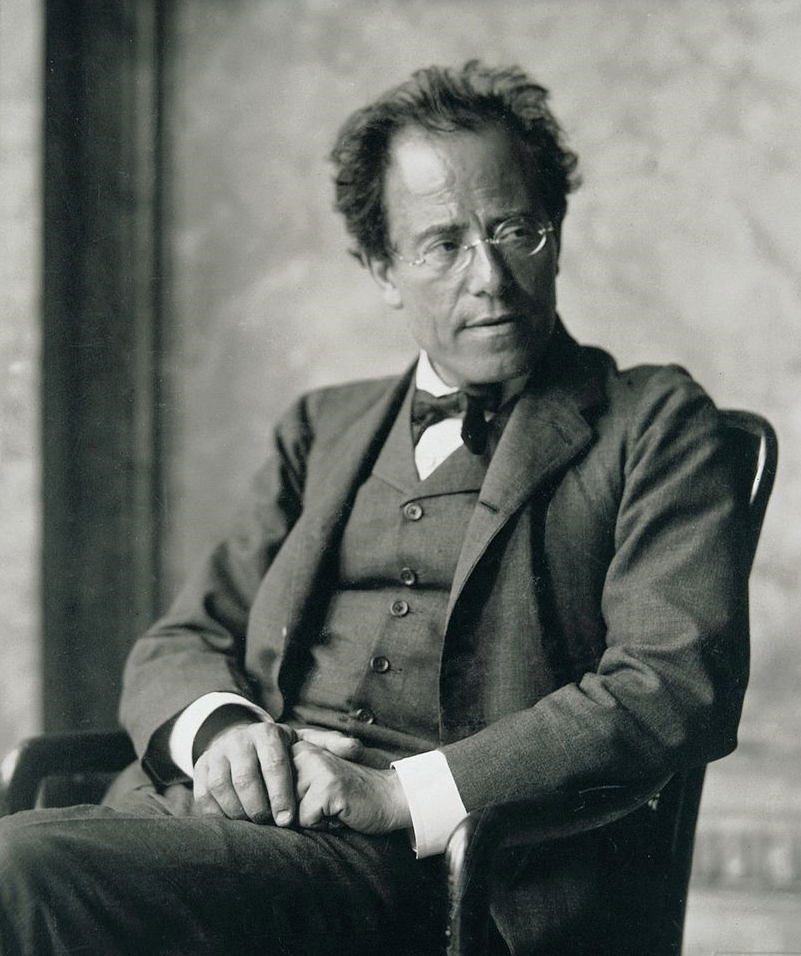Symphony No. 5 in C-sharp minor; Fourth movement, "Adagietto" (1901-1902)
Gustav Mahler (1860-1911)

Gustav Mahler was the second of 14 children born to Bernhard and Marie Mahler and the first to survive infancy. The family were poor German-speaking Jews from a small Bohemian town. Gustav started teaching himself to play the piano when he was four. At 10, he gave his first public recital and, at 15, began studies at the Vienna Conservatory of Music where Hugo Wolf was a fellow student. Graduating four years later, he supported himself as a composer by teaching piano.
By the time Mahler turned 20, he had landed his first job as a conductor. One conducting job led to another until, at 37, he was appointed director of the Vienna Court Opera. During the ten years that he held that post, he came to be recognized as one of the greatest living conductors while earning a stellar salary.
It was some five years into Mahler's Vienna Opera directorship that life took an important turn for the composer. Though he had had numerous liaisons, and hook-ups, now he was seriously dating the artistically gifted daughter of a well-known landscape artist. Her name was Alma Schindler. She was half his age.
At the same time, Gustav had purchased a summer retreat on the edge of the scenic Lake Worthersee. It was near Klagenfurt, the capital city of Carinthia in southern Austria. There, in the village of Maiernigg, he spent the summers of 1901 and 1902 composing his five-movement fifth symphony. Today, Maestra Sebrina Alfonso is opening this season-finale concert with Mahler's serene "Adagietto" from this work. For his part, Gustav celebrated the conclusion of the symphony by marrying Alma. Though hardly a blissful marriage, they had two daughters, though one died in infancy, and she remained a reasonably faithful wife until her great composer-conductor husband succumbed to a heart condition ten years later.
Program note by: Ian A. Fraser